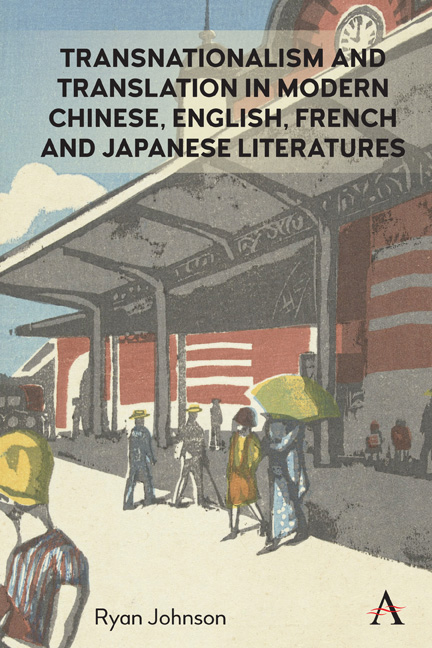Chapter Four - Paul Claudel and Kuki Shūzō in the 1920s: France, Japan, and the World
Published online by Cambridge University Press: 20 January 2022
Summary
見はるかす山々の頂
梢には風も動かず鳥も鳴かず
まてしばしやがて汝も休はん
Voyageur!
旅 app roche
et respire enfin
cette odeu r
人qui guérit de tout
Mouvement
In 1929 the Japanese philosopher and poet Kuki Shūzō travelled to Washington, DC, to pay a visit to the French Ambassador to the United States, the dramatist and poet Paul Claudel. After eight years of study in France and Germany, during which time he befriended the German philosopher Martin Heidegger (1889–1976) and took as his language instructor the young French thinker Jean-Paul Sartre (1905–1980), Kuki was returning to Japan to take up a position at the Imperial University of Kyoto at the behest of the eminent founder of the so-called Kyoto School of philosophy, Nishida Kitarō (1870– 1945). Claudel himself had only been appointed ambassador to the United States in 1927. For six years before that, he had served as ambassador to Japan, and had arrived in Tokyo the very year that Kuki departed for Europe. Though we do not know what caused Kuki to go out of his way to see Claudel in Washington, the meeting marks a fitting end to the 1920s for both men; for each man, as a modern traveler, had spent the better part of the decade working in the other's homeland, and each had labored arduously to make ideas from the other's tradition fit with his deeply held native beliefs.
I compare works written by Claudel and Kuki in the 1920s that attempt to fuse Japanese and European literature and philosophy. I will go through the ways that both men framed one another's traditions, with particular reference to how each writer relatedthe foreign culture he encountered to parts of his native philosophical and religious ideas—Catholicism for Claudel; Buddhism, the moral code of Bushidō, and Shintoism for Kuki. Blending Japanese and European aesthetics, philosophy, and moral precepts allowed the poets to create a space of indeterminacy between Europe and the Far East, a space in which they could work, as writers cast between native traditions to which they were deeply committed and foreign cultures they were enamored but of which they felt they could never fully be a part.
- Type
- Chapter
- Information
- Transnationalism and Translation in Modern Chinese, English, French, and Japanese Literatures , pp. 125 - 154Publisher: Anthem PressPrint publication year: 2020



